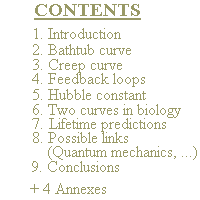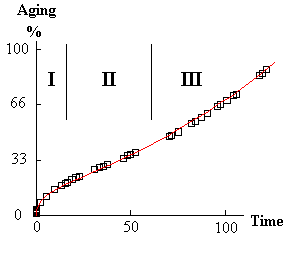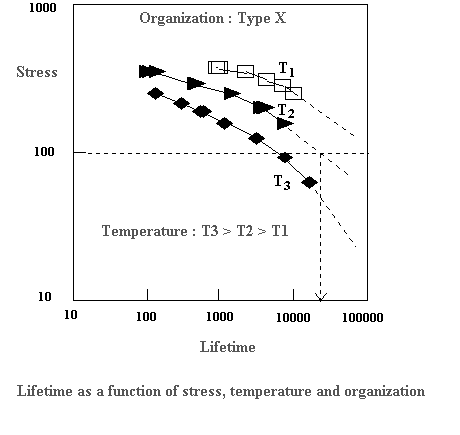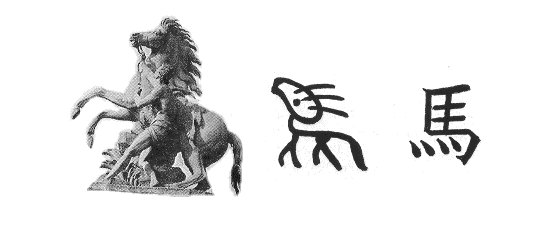This site is devoted to system ageing and evolution as they are observed in several
fields: biology (mortality rate, survival curve), cosmology (Hubble constant, cosmic distance
scale factor), creep of materials (power plants, components at high temperature, residual life
assessment or remanent life assessment), ordered systems. Connexions are performed to several concepts such as:
reliability (bathtub curve, Weibull distribution), Self-Organized Criticality (SOC), Boltzmann's
entropy and Prigogine's principle of minimum entropy production (shaped by Guibert U. Crevecoeur).



-Click on the image to get the numerical version of it.
This book is also available for consultation in paper format in more than 100 university and research centre libraries around the world.
The basic idea is that the creep curve is not
specific to the creep of materials (a slow deformation of
materials with time under constant stress and temperature),
but is something more general reflecting the evolution or
aging of systems (i.e. entities composed of several interlinked
parts working together) under given operating conditions. The
creep curve is thus observed in a variety of fields where
systems evolve or age. The words "evolution" and "ageing"
have no qualitative value but only mean the changes over
time of a measurable parameter representative of the system.
This parameter may be a strength, an ability, a rate of production,
a response signal, any parameter reflecting successive steps
in the course of the life of the system as a whole, etc., but
also a geometrical dimension (such as for the creep of materials).
A differential equation is derived with the aim at being sufficiently
general to include various kinds of systems. It is thus deduced
from general characteristics of the systems under scope
(see General theory of systems and Cybernetics) not from
modelling the physical state of any particular class of system.
This equation appears to be in good agreement with Prigogine's
theorem of minimum entropy production when applied to
Boltzmann's entropy. It allows to find back current models and
several curves fitting experimental results in various fields.


GRAPH TO THINK OVER : there might be scattering
within a type of organized system, ie. a system showing
"Self-Organized Criticality" (man, cell, engine, creeping header, ...),
however the higher the internal stress or temperature will be, the
shorter the lifetime. For a given type of organized system, the
better the actual internal organization will be (to adapt to a given
external "stress", or "constraint" in the broad sense), the longer
the lifetime. This will result in a +/- sigma scatter on the graph.
The following image gives an example of some average statistical
results for a given type of organized system as they may be
summarized in a bi-logarithmic diagram. The more measurements
are collected, the better the graphs will be and the more useful for
predictions.

SYSEV is a Belgian organization devoted
to developing the analysis of aging and evolution in physical and biological systems.
E-mail us !
 It is located in a suburb of Brussels (Belgium)
It is located in a suburb of Brussels (Belgium)

" We are to admit no more causes of natural things than such as are both
true and sufficient to explain their appearances....for Nature is pleased with simplicity
and affects not the pomp of superfluous causes" (Isaac Newton)
"The sole test of validity of an idea is experiment" (Richard Feynman)
Site last revised:
April 6th, 2025
Best viewed with Explorer
Site hosted by :


© All rights reserved - Sysev (Belgium) 15/03/98







